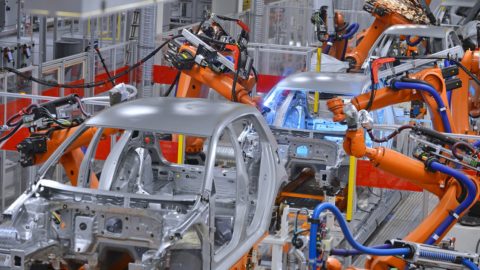
Robots are a widely used tool for every manufacturing industry, but be aware that not all manufacturers use the same backend robot configuration. A car manufacturer has a completely different process from a semiconductor manufacturer. Therefore, as the use of robots is becoming more popular, they are built according to the trend of specialization.
Mr. Andreas Bauer – Head of research group Datacenter (University of Augsburg) said: “In a sense, the robot’s function needs to be modularized, requiring certain standards for each use case. Basic devices such as motion sensors, handles, couplings, speech recognition and soldering parts can be shared between models, which also helps the robot adapt to the broader requirements of the customer.”
While the new standards still need to be improved, robots are still doing a good job of realizing feasibility in terms of improving cost efficiency, improving delivery times, logistics operations, and other critical requirements. Manufacturers can use robots to improve customization even for products that are being produced. It can be seen that the production cell approach is leading in increasing flexibility and responding to customer needs.
Some companies today are competing fiercely to improve the customer experience. The quality of the product produced is also one of the deciding factors for that experience. A lot of products are in a state of saturation due to too many competitors in the industry. Therefore, making a difference (showing personalization on the product) is the best way to help improve the overall customer experience.
With a combination of humans, robots and modern operating systems, manufacturers can now offer exceptional top manufacturing services. The result is sometimes referred to as “mass customization” – or the ability to give customers what they want in the shortest time and at the most affordable cost, help both sides for mutual benefits.
What’s more, consumer electronics companies can fulfill demand for storage capacity, or screen size, without producing large volumes of products and hoping to sell them. Shoe manufacturers, on the other hand, could open up their design process for consumers to engage in and then deliver exactly what they create together.
In the future, advancements in robotics will make it easier for manufacturers to bring customers to product experiences from design to manufacturing. By using modular robot technologies to increase personalization, manufacturers can increase customer engagement and gain customer loyalty over time.
Productivity and Quality Office